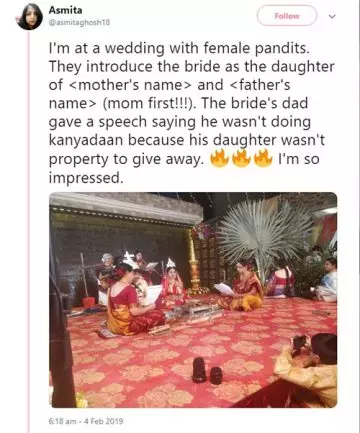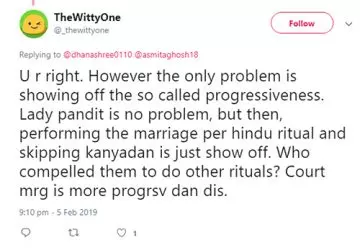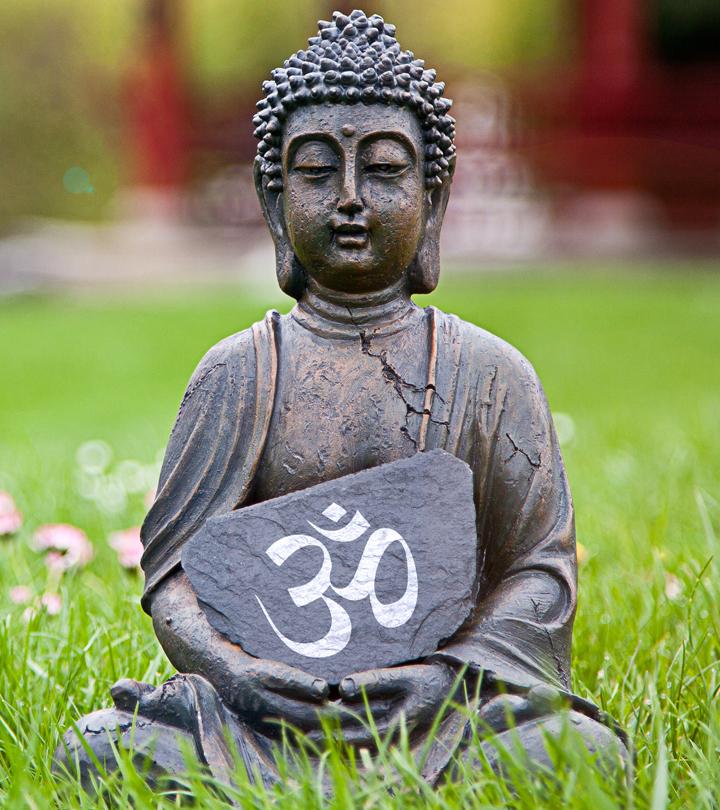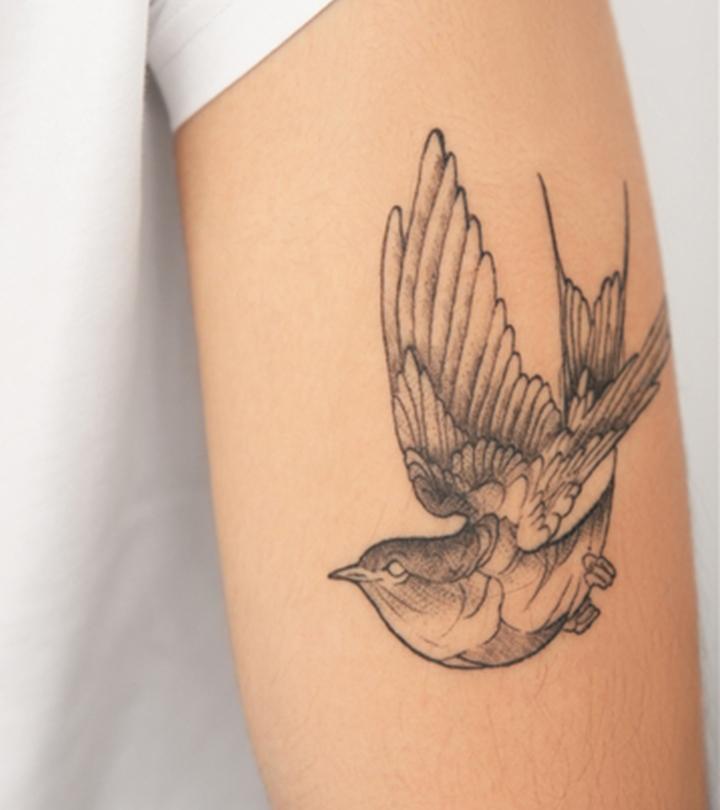A Bride’s Father Refuses To Do ‘Kanyadaan’, Says ‘His Daughter Is Not A Property To Give Away’
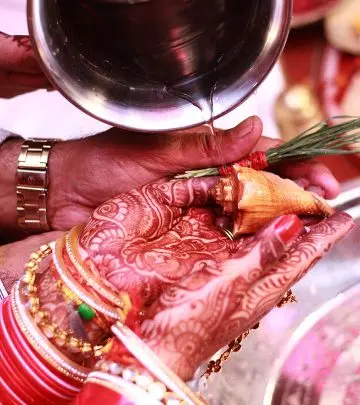
Image: Shutterstock
If you have spent some time on the Twitterverse, then you would know about the fickle nature of fame that accompanies all things that acquire the “trending” status on it. Now, most of these issues are frivolous and are precariously on the edge of the banal, but every now and then, the mundane garbage of Twitter yields one pearl.
The Tweet That Went Viral
And it was on 4th February 2019 that this pearl was yielded by the tweet of one Twitter user, Asmita Gosh. Asmita was attending a wedding, which was unusual in the sense that it was being officiated by women, instead of the usual male pandits. She shared other details of the wedding such that when the bride was introduced by the women pandits, they first took the name of her mother and only then followed it up with the father’s name.
In our patriarchal society, that still cows down to misogynistic traditions in the name of culture and heritage, this was a revolutionary change and by all means, had to be shared with the world. But perhaps, more encouraging was the fact that the bride’s father gave a speech in which he explained that he wouldn’t be doing his daughter’s kanyadaan, as he believed that his daughter wasn’t a “property” that could be given away. Needless to say, the tweet went viral within a couple of hours of being published.
Why It Matters?
Unsurprisingly, and because there is still good in the world, the “woke” millennial generation of India was largely united in celebrating this unique ceremony which was a marked departure from the laissez-faire with which patriarchal traditions are accepted as the norm in our country. But because it’s 2019, and such a thing as the Internet troll exists, the tweet also witnessed a lot of backlash from certain fossil-minded individuals who were quick to harp about kanyadaan being a part of the tradition. They also pointed out as to why the family opted for the wedding to be done through Hindu traditions if they didn’t want to do the kanyadaan.
Another user pointed out the fact, that in Hindu culture, daana was very different from a charity in the sense that here it meant the giving away of the cherished Goddess, whereas charity in his lexicon was equated to “discarding”. (We can safely assume that altruism is not this gentleman’s calling).
If you have been following this logic so far, we would like you to bear with us for a few more minutes. For the most part, the objection arose from the fact that the family involved chose to do the wedding in a “piecemeal” manner, choosing and following the parts it wanted to follow and discarding the rest. We would like to ask, in which manual does it say that all the steps, from A to Z, need to be followed in order for a wedding to be solemnized?
Besides, the father had done his research pretty well, for later Asmita tweeted her interaction with him, wherein he wanted Asmita to inform the tweeple that this was an ideological decision on his part which was very much a part of the Hindu tradition!
The post made it clear for everyone to see that there existed another tradition in the scriptures, that was rather popular during the Vedic times – Gandharva marriage. It was a voluntary union for which the couple didn’t even have to seek the permission of their parents. Again, a few people contested that they couldn’t pick and choose traditions, as per their wish, but then Twitterati seldom has anything better to do rather than tell people what they should or should not do.
The thing that concerns me more is the fact that the dowry deaths that account for 40–50 percent of all the female homicides between 1999–2016 don’t even generate half the amount of traction on social media or for that matter any media as this argument did (1). This was an argument that boiled down to freedom of choice, one that is enshrined in and guaranteed by our Constitution.
If you are looking to shrug your shoulders and say what does that have to do with this, I would like to point out that both these issues stem from the issue of objectification of women.
Here’s hoping that more people adapt and mold these traditions in a more gender-inclusive way so that we can have more honest conversations about them, without taking offense at every departure from the past. And meanwhile, the Tweeple have found new things to take umbrage at and be begaanishaadimain Abdullah deewana. We wonder who got married now?
What are your views about this unique wedding? Share your opinions and views with us in the comments section.

